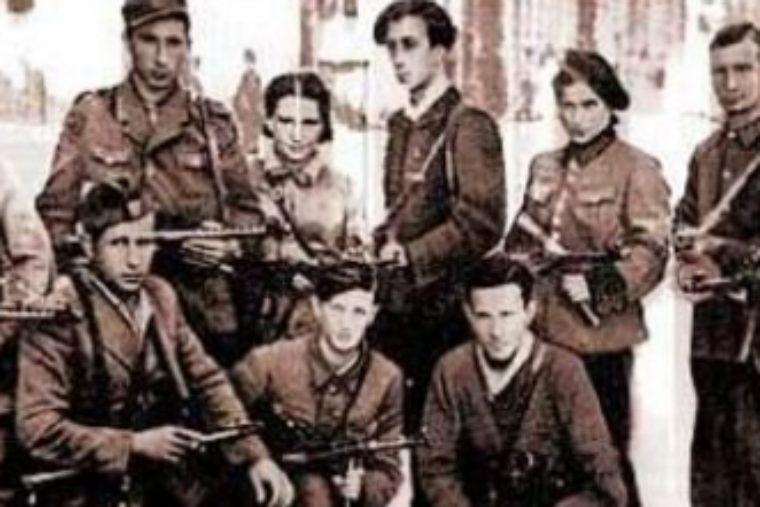During World War II, 30,000 Jewish partisans fought in Eastern Europe, in their own combat units. In Western Europe, where anti-semitism among the conquered gentile population was less severe, Jews were able to participate as individuals in the national resistance, rather than having to fight in separate units. For example, in France, Jews amounted to less than one percent of French population, but comprised about 15 to 20 percent of the French Resistance. One of the most successful battles of the Jewish resistance was the Warsaw Ghetto Uprising. Nearly every Jew who participated was eventually killed — but they were going to be killed anyway. By choosing to stand and fight, the Warsaw Jews diverted a significant amount of Nazis resources from battlefields elsewhere, thus hastening the Nazi defeat.
The following is based on my forthcoming book “The Morality of Self-Defense and Military Action: The Judeo-Christian Tradition,” which will be published in 2016 by Praeger.
Before the war, about 10 percent of Poland’s population was Jewish. In the Middle Ages, Poland had been a welcoming, tolerant and free nation, and many Jews emigrated there. But when Poland regained its independence in 1919, thanks to the Versailles Treaty, the nation degenerated into military dictatorship, and much of the population was antisemitic.
by David Kopel



